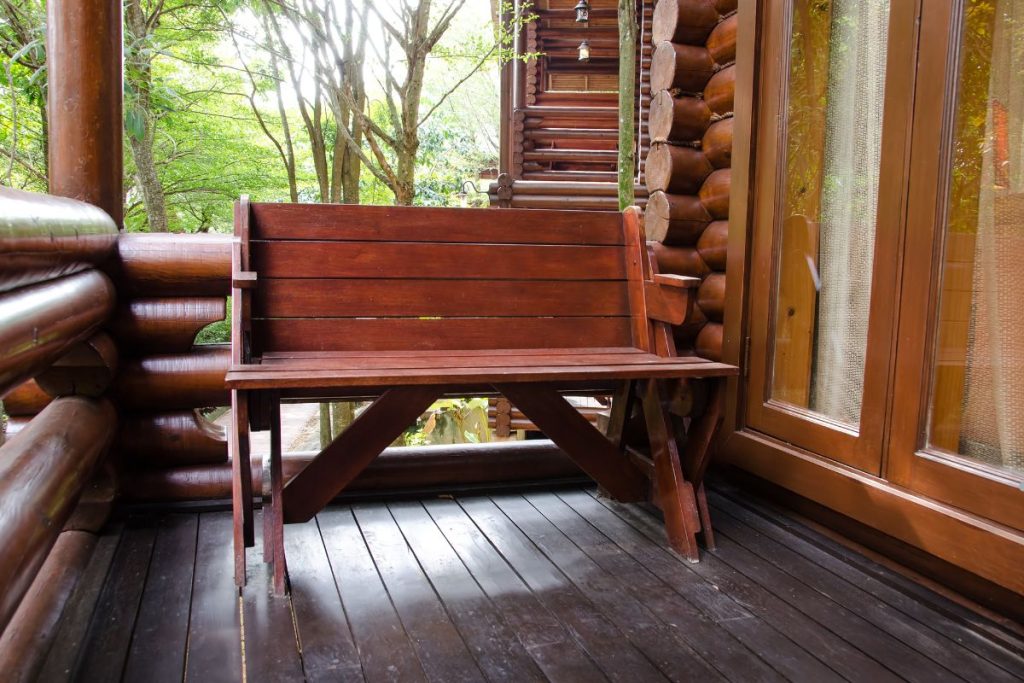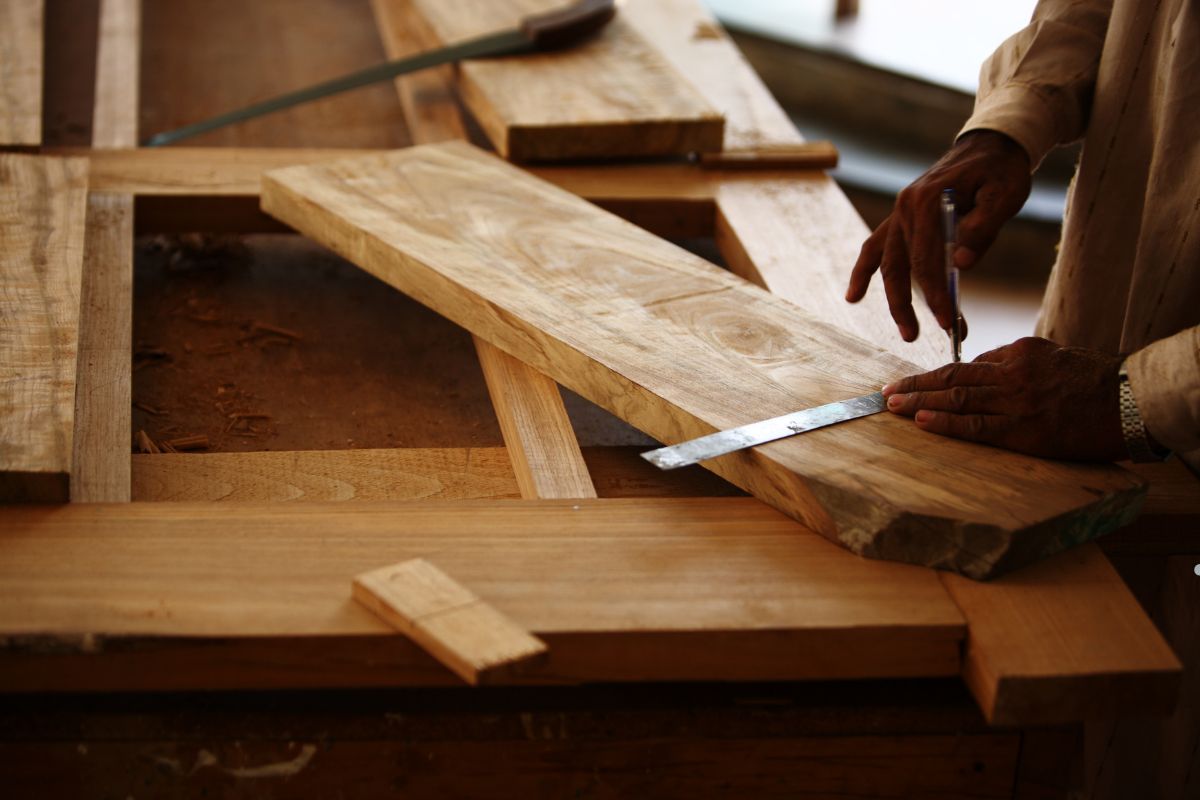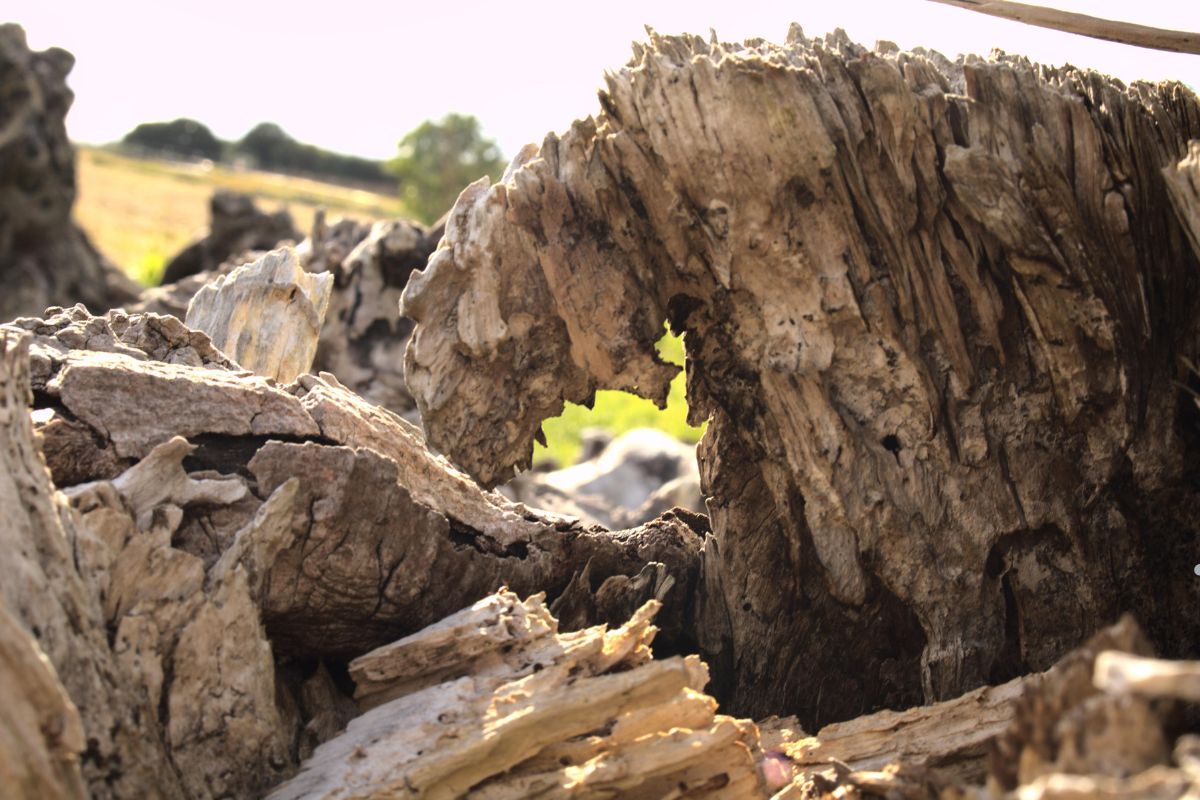
Is your beloved teak furniture showing signs of wear and tear? Don’t despair! With a little effort and the right techniques, you can restore its beauty and extend its lifespan. This guide provides a comprehensive, step-by-step approach to repairing common teak furniture problems, from cleaning and sanding to fixing cracks and applying protective finishes. Whether you’re dealing with a weathered teak bench, a damaged table, or a set of chairs, this article will equip you with the knowledge to bring your teak furniture back to life.
Why Teak Furniture is Worth Repairing
Teak wood is highly valued for its natural elegance, durability, and resistance to harsh weather conditions. Its rich oil content provides innate protection against rot, decay, and insect damage, making it an ideal choice for outdoor furniture. However, even the finest teak pieces can show signs of wear over time. Instead of replacing them, restoring your teak furniture is a cost-effective and eco-friendly solution. Our professional teak furniture repair service ensures your cherished pieces are expertly restored to their original beauty, allowing you to enjoy them for years to come. Invest in longevity and preserve the charm of your outdoor space with our expert restoration services.
Assessing the Damage & Gathering Supplies

Before you begin, carefully inspect your teak furniture to assess the extent of the damage. Identify any cracks, splinters, loose joints, or areas of discoloration. This will help you determine the specific tools and materials you’ll need. Here’s a basic list of supplies:
- Teak Cleaner: Specially formulated for teak wood.
- Sandpaper: Various grits (80, 120, 220).
- Wood Filler: Specifically for outdoor use.
- Wood Glue: Waterproof and suitable for outdoor furniture.
- Teak Oil or Sealer: To protect and enhance the wood.
- Cleaning Clothes: For wiping down surfaces.
- Paintbrushes: For applying oil or sealer.
- Safety Gear: Gloves, dust mask, and eye protection.
- Screwdriver/Wrench: For tightening loose joints.
Cleaning Teak Furniture
One of the most important steps in teak furniture repair is proper cleaning. This removes dirt, grime, mold, and mildew, allowing you to properly assess the damage and prepare the surface for repairs and refinishing.
Removing Surface Dirt and Grime
Start by using a stiff brush to remove any loose dirt and debris. Then, apply a teak cleaner according to the manufacturer’s instructions. Use a soft cloth or sponge to scrub the surface, paying particular attention to areas with heavy grime. Rinse thoroughly with clean water and allow the furniture to dry completely.
Addressing Mold and Mildew
Mold and mildew can be tough to remove from teak furniture. To tackle these issues, use a teak cleaner designed specifically for mold and mildew removal. Apply the cleaner to the affected areas, let it sit as directed, then scrub with a stiff brush and rinse thoroughly with clean water. For stubborn stains, you may need to repeat the process. Always wear gloves and eye protection when handling cleaning solutions. If the problem persists or you’d prefer professional assistance, call us—we’re here to restore your teak furniture to its original beauty!
Addressing Cracks, Splinters, and Damage

Now, let’s tackle the common issues of damage to teak furniture faces.
Filling Cracks and Holes
For small cracks and holes, use a high-quality wood filler specifically designed for outdoor use. Apply the filler with a putty knife, pressing it firmly into the crack or hole. Allow the filler to dry completely according to the manufacturer’s instructions. Once dry, sand the filled area smooth with fine-grit sandpaper.
Repairing Splintered Wood
If you have splintered wood, carefully remove any loose splinters with a utility knife. Apply wood glue to the splintered area and clamp the wood together until the glue dries. For larger splinters, you may need to use small nails or screws to hold the wood in place while the glue dries. Once the glue is dry, sand the area smooth. If splinters are very large or difficult to fix yourself.
Fixing Loose Joints
Loose joints are a common problem with teak furniture. To fix a loose joint, first, disassemble the joint if possible. Clean the surfaces of the joint with a brush and apply wood glue to the surfaces. Clamp the joint together tightly and allow the glue to dry completely. If necessary, you can reinforce the joint with screws or dowels.
Sanding Teak Furniture
Sanding is essential for creating a smooth surface for refinishing and enhancing the wood’s natural beauty.
Choosing the Right Grit Sandpaper
Start with a coarser grit sandpaper (80-120) to remove any rough spots or imperfections. Then, move to a finer grit sandpaper (220) to smooth the surface. Always sand in the direction of the grain to avoid scratching the wood.
Sanding Techniques for Teak
Use a sanding block or orbital sander for larger surfaces. For smaller areas, you can sand by hand. Apply even pressure and avoid sanding too aggressively, as this can damage the wood. After sanding, wipe down the furniture with a tack cloth to remove any sanding dust.
Applying Teak Oil or Sealer
Protecting teak furniture is the most important part for enhancing the beauty of teak furniture.
Choosing the Right Finish: Oil vs. Sealer
Teak oil enhances the wood’s natural color and provides some protection against moisture. Teak sealer provides a more durable barrier against the elements and can help prevent the wood from graying over time. The choice depends on your desired look and level of protection. Consider reading from other resources.
Applying Teak Oil for a Natural Look
Apply teak oil with a clean paintbrush or cloth. Apply a thin, even coat and allow the oil to penetrate the wood for 15-20 minutes. Then, wipe off any excess oil with a clean cloth. Apply a second coat for added protection.
Sealing Teak for Long-Term Protection
Apply teak sealer with a clean paintbrush. Apply a thin, even coat and allow the sealer to dry completely according to the manufacturer’s instructions. You may need to apply multiple coats for optimal protection.
Maintaining Your Repaired Teak Furniture
To maintain the beauty of your teak furniture, clean it regularly with a mild soap and water solution, avoiding harsh chemicals or abrasive cleaners. Reapply teak oil or sealer as needed to preserve its protection and appearance. Additionally, using furniture covers can help shield it from the elements. For professional care and expert advice, call us today!
Conclusion
Repairing your teak furniture is a rewarding project that can save you money and extend the life of your beloved pieces. By following these steps, you can restore your teak furniture to its former glory and enjoy it for many years to come. Don’t be afraid to experiment and learn as you go. With a little patience and effort, you can achieve professional-looking results.
FAQs
How often should I oil my teak furniture?
Typically, you should oil your teak furniture every 6-12 months, or as needed, depending on the climate and exposure to the elements. If you don’t know more about your teak furniture read this teak furniture care guide.
What’s the best way to clean teak furniture?
Use a teak cleaner specifically formulated for teak wood. Avoid using harsh chemicals or abrasive cleaners, as these can damage the wood.
Can I use regular wood filler on teak?
No, you should use a wood filler specifically designed for outdoor use. This will ensure that the filler is waterproof and resistant to the elements.
How do I prevent mold and mildew on my teak furniture?
Clean your teak furniture regularly with a teak cleaner that contains a mold and mildew inhibitor. You can also apply a teak sealer to help prevent mold and mildew growth.
Is it better to oil or seal teak furniture?
Choosing between teak oil and sealer depends on the look and protection you prefer. Teak oil enriches the wood’s natural color, while teak sealer offers a longer-lasting shield against the elements. Need help deciding? Contact us for expert advice and professional teak care services!
